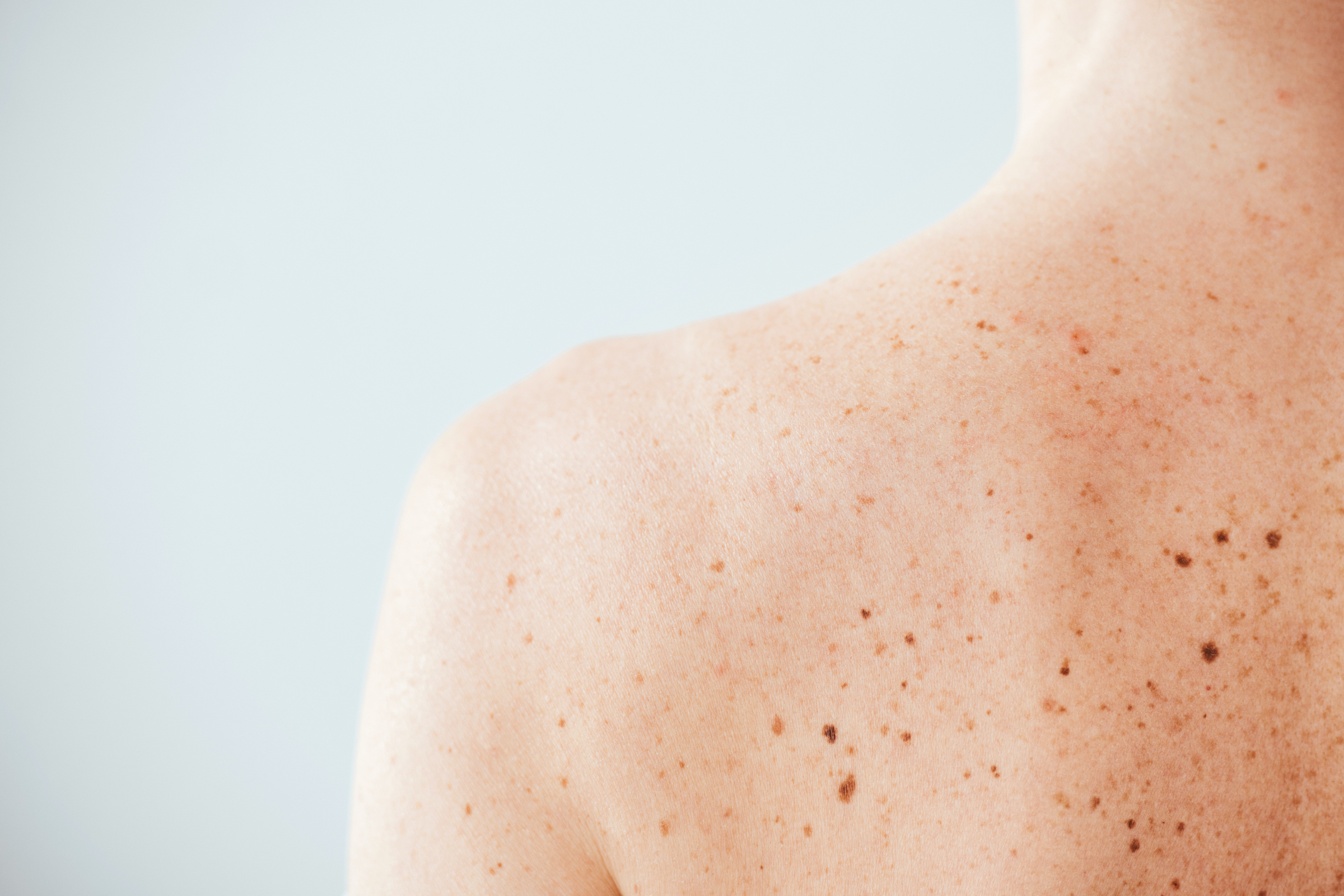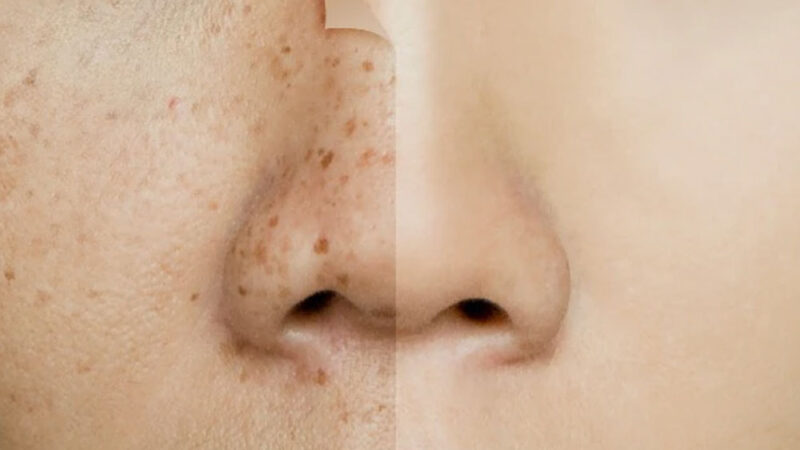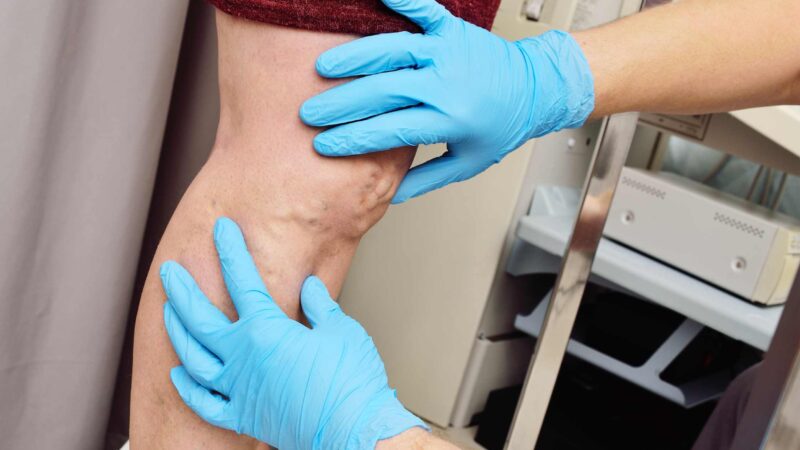How to Have an In-Depth Mole Examination

Moles are normal and can develop from early childhood. Most moles are natural, but others pose a risk for skin cancer. Therefore, it is critical to determine the nature of your moles and take the right medical actions. The Chevy Chase moles/nevi specialists can examine your moles to determine if they are atypical or typical. You can also learn to self-examine to regularly observe your mole’s development and detect early changes. Talk to your doctor to understand different moles’ characteristics and what to look for. The following tips can help you have a thorough mole examination.
Know the Different Types of Moles
The best way to catch atypical moles early is to understand what you are looking for. You can consult your doctor to understand the characteristics of normal moles so you can report abnormal signs. A mole with a diameter greater than 6 mm is often atypical and mostly has double shades of black and brown. The typical moles also have irregular margins and often have erased centers. Normal moles will be less than 6 mm and mostly have one shade of color. Understand that normal moles can sometimes turn into atypical ones, so you must maintain regular examinations.
Begin Examination Early
Though there is no set time to begin the mole examination, it is necessary to begin regular practice as you reach 25. A regular examination can help you catch atypical moles early and improve your chances of managing the situation. In most cases, doctors recommend a thorough examination at least once every month. As long as you have moles, it is important to pay attention to any changes beginning as soon as possible.
Create a Good Environment
It is important to ensure that you set enough time for the mole examination. You do not want to b in a hurry. Also, create a suitable environment and ensure you feel free to examine your moles. In most cases, the best time to examine your skin is after taking a shower. You will already be naked to help you assess every body part. Also, you need to ensure you set your room to have adequate lighting. You will also need a handheld-length mirror and a full-length mirror. Additionally, it is important to have a ruler and a journal to record your observations.
Consult Your Doctor
It is necessary to work closely with your doctor in examining your moles. Always share your journal with your doctor to identify any changes that warrant action. Also, your doctor can guide you on how to do a thorough examination to ensure you never miss critical information about your moles. Tell your doctor if a close family member was diagnosed with skin cancer to stay alert. It is not a must for you to develop skin cancer due to genetics, but your chances are higher than for an average person.
Invest in Self-Examination
It is important to seek an expert examination of your moles to catch even the slightest details you can miss during your self-examination. However, self-examination remains critical and most important. It is easier to examine yourself, as the slightest changes are worth noting early. Regular expert examinations complement the self-examination by ensuring that even the hard-to-reach areas are well-examined.
Moles can increase your chances of skin cancer and should be examined adequately. Contact Ali Hendi, MD, skin cancer specialist, to learn more. You can request a consultation appointment online or via a call.







